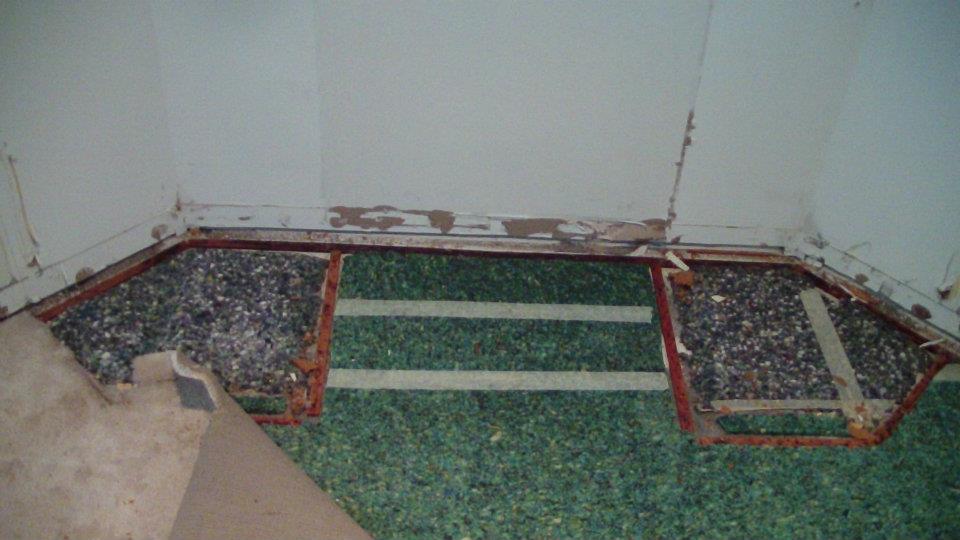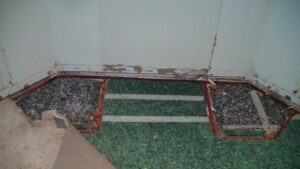

 Have you ever seen mold growing in your home? Depending on the type of mold and the home environment, it is not uncommon for some homeowners to see green or black mold growing in certain areas of the home, such as in the bathroom or kitchen.
Have you ever seen mold growing in your home? Depending on the type of mold and the home environment, it is not uncommon for some homeowners to see green or black mold growing in certain areas of the home, such as in the bathroom or kitchen.
Dealing with a little bit of mold is not too much of a problem for someone to handle, but there are some instances when mold growth can get out of control and end taking up more of the home than people should have to deal with.
Mold in a home is not something that should be taken lightly, as it can be toxic to both humans and animals. If there is serious mold growth in a home, a person should take the time to contact a professional that handles mold clean up. Tampa residents might not be aware of how professionals deal with a lot of mold in the home, and today we will be going over some of the process to get a home back into a healthy environment.
Identifying the Source of Mold and Its Type
Most types of mold like the same type of conditions. They like areas in a home that are rather dark, cool, and have a high amount of moisture that is present. There are many areas of a home where this is common, but if a home is dealing with a lot of mold growth, oftentimes there is a cause of it all.
For example, when it comes to professional mold clean up, Tampa mold experts will often get called to homes that have recently had some type of home flooding, which has caused mold growth to happen a lot in different areas that are not usually affected.
Once a cause has been identified, it can be stopped so that mold growth is not as apparent. After that, it may become important for a mold specialist to identify what type of mold is present in the home, so they can take the necessary safety precautions and figure out the best way to remove it from the home.
Removing Mold and Creating a Safe Environment
When it comes to professional mold clean up, Tampa residents should already be aware that the most important part of the process is removing the actual mold. Mold can easily keep coming back and growing if it has not been removed properly.
Removing mold from some substances and materials is easier than others. For example, harder surfaces such as ceramic tiles are going to be much easier to clean than say the fabric on a piece of furniture. Depending on the type of material, the piece of furniture may not be able to be salvaged.
In these instances, the moldy material is going to have to be thrown out in order to prevent future mold exposure throughout the home.
*Disclaimer: The views expressed here are those of the authors and do not necessarily represent or reflect the views of *Mr Dry Out*






